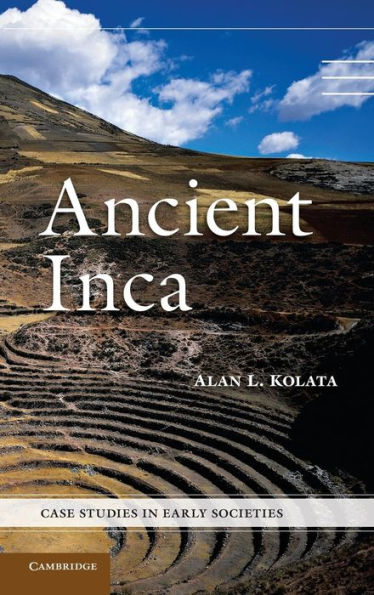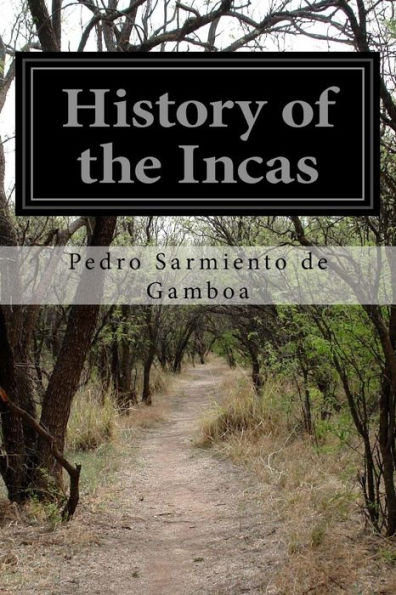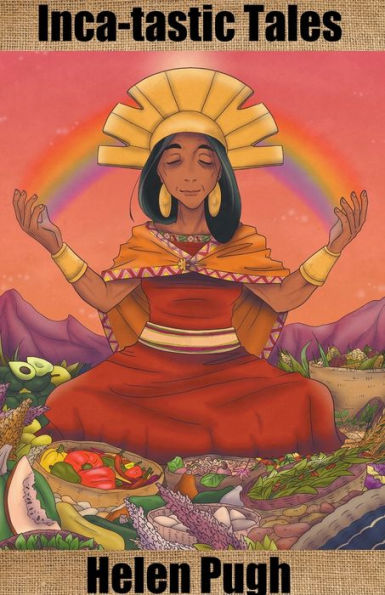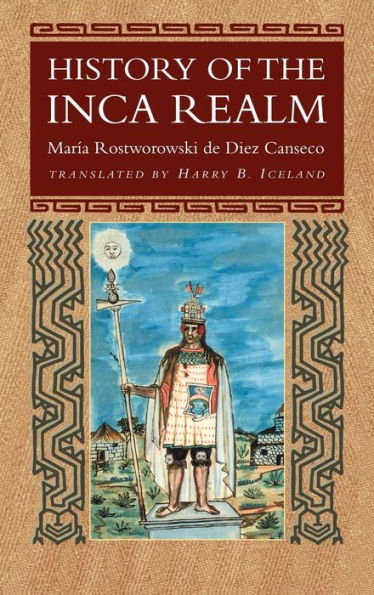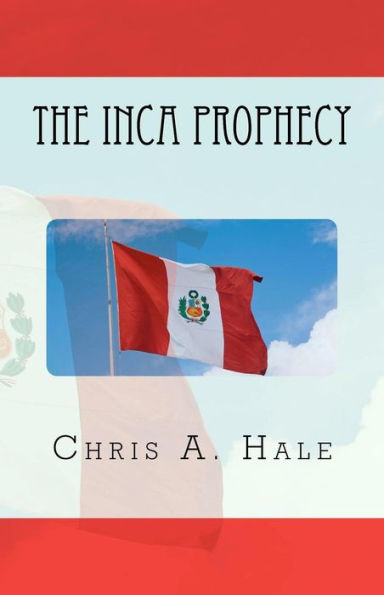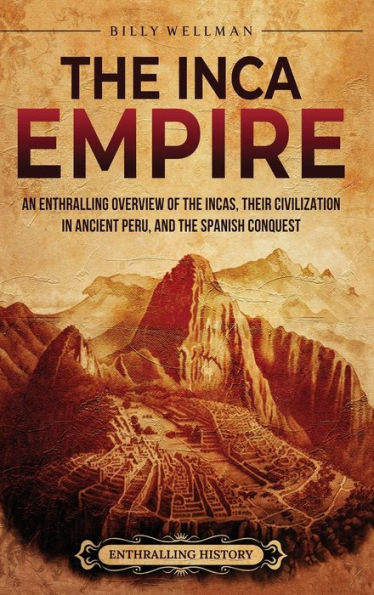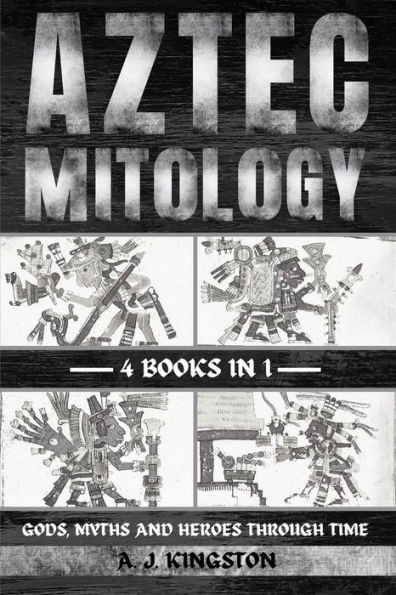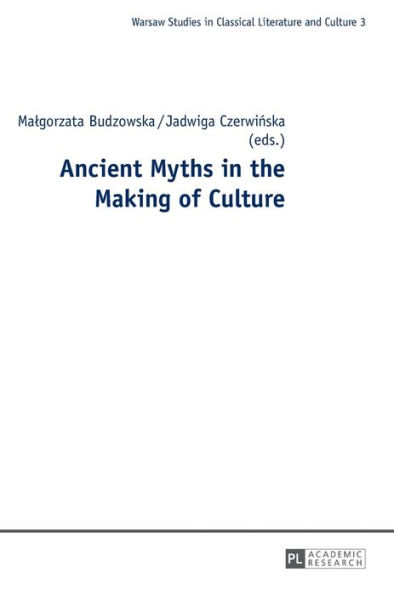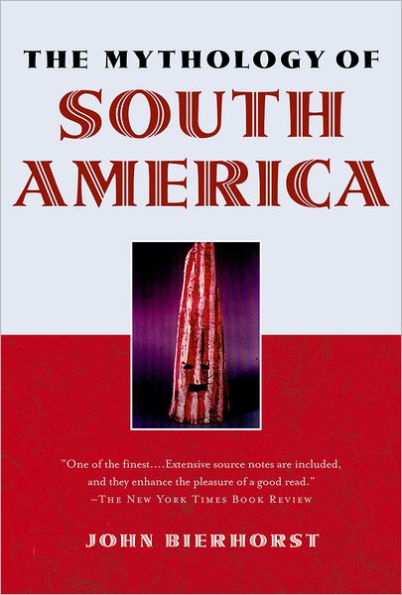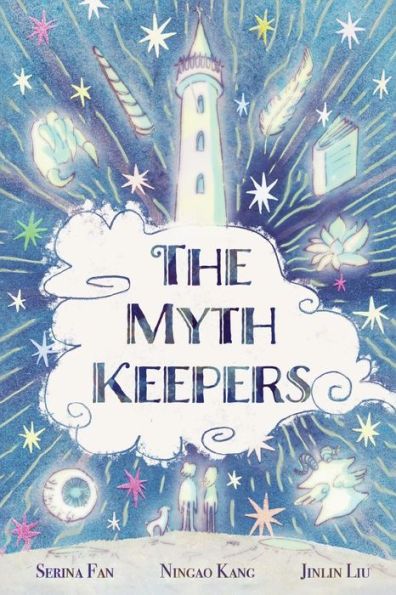Home
THE BUILDERS OF ETERNITY Incan Historical Myth: Incan Historical Myth


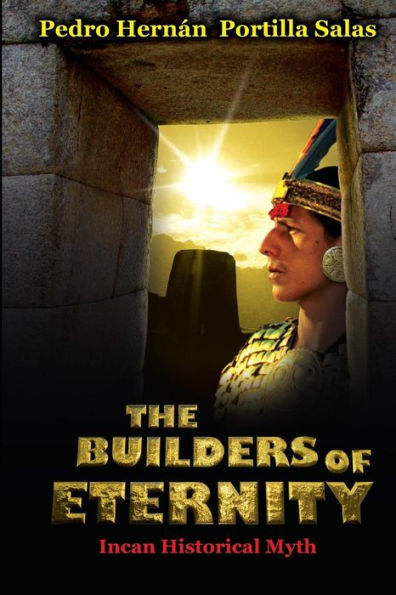
THE BUILDERS OF ETERNITY Incan Historical Myth: Incan Historical Myth
Current price: $22.00
Loading Inventory...
Size: OS
Without a doubt, this epical saga-like super mythical and historical novel could very well make an excellent sequence of eight movies that would take the last and most grandiose episodes of Perús pre-Hispanic history to the screens, from the Inca Wiraqochás Kingdom, in the 14th century, to the Spanish invasion of Qosqo or Cusco, in 1533.
In its first part, the first tome deals with the Inca Wiraqochás coronation, after the total defeat he had inflicted to the Chankas, saving the city of Qosqo from these feared warriorś imminent assault, as well as with the way in which this restless, justice-maker and long-lived Inca saved his people from hunger, and his State, from collapsing, to leave the Tahuantinsuyu healthy and prosperous for his only son and heir, Pachakuteq Inka Yupanqui who is the central hero of the second part of this work, the chronological projection of which is outlined in another three exciting books.
Still in the first part, Pachakuteq is born in unusual circumstances, since his mother passes away shortly after his birth. Then, he is educated by his aunt, together with her daughter Anawarki who was born on the same day as the Prince, and is destined to become the future Incás wife.
In the second part of the book, the day of Pachakute&qacute;s Coronation Ceremony, and of his wedding with Princess Anawarki, marks a very important moment in the Incan peoplés history and evolution, as the young Inca starts his Mandate with a series of changes that trace new guidelines for the Empire which needs to expand its geopolitical borders, through pacifying actions and the integration of new territories and nations. In this process, his eldest son, Tupaq Yupanqui, destined to be his heir, rapidly becomes the Conquering Expeditionś Supreme Commander, and especially, in the Northern Region or Chinchaysuyu, where he establishes his General Quarters in Tumipampa.
On the other hand, Inca Pachakute&qacute;s Ruling Mission includes the building of Great Construction Works destined to enlarge, embellish, strengthen, interconnect and protect the Tahuantinsuyu, as well as the Incan people from the already foreseen Spanish invasion, in the 16th century, yet to come.
Thus, Pachakuteq has the Imperial city of Qosqo or Cusco remodeled and the Temple of the Qorikancha or Temple of the Sun, enlarged. Then, he designs and orders the construction of the Great Ceremonial Complex, originally called Inti Huasi or House of the Sun, which is now known as Saqsayhuaman, as well as the famous Qhapaq Nian or Powerful Path, meant to unite and interconnect the Tahuantinsuyús Four Regions. He also consolidates the Tampu of Ollanta, known today as Ollantaytambo, and has warehouse-inns, called Tampus or Tambos built, all along the Qhapaq Nian, to store agricultural products, tools and clothes, as well as to offer resting places to travelers, soldiers and running messengers called Chaskis.
Finally, Pachakuteq orders the building of three refuge cities destined to allow the cream of Incan society to escape from the Spanish invasion, already envisioned by Inca Wiraqocha who had transmitted that omen to his son, before passing away.
Therefore, these three cities were built in inaccessible places, and following the Capital Citýs Master Urban Plan, but, covering a smaller ground surface. Their names are Choqekirao, located on the heights of the Apurimac Riveŕs Canyon, Winiay Tiana, on Picchu Mountain, known today as Machu Picchu, and Paikiki or Paititi, where it is believed that the last Incas managed, up to now, to maintain themselves away from the constant invasion of modern civilization, preserving their race, people, culture, language and heritage from the assaults of time and consumer society, in their patient wait for the historical moment that will mark the return of their Inca, so that their people might recuperate its sovereignty, dignity and geopolitical territory, in the concert of the worl&dacute;s nations.
